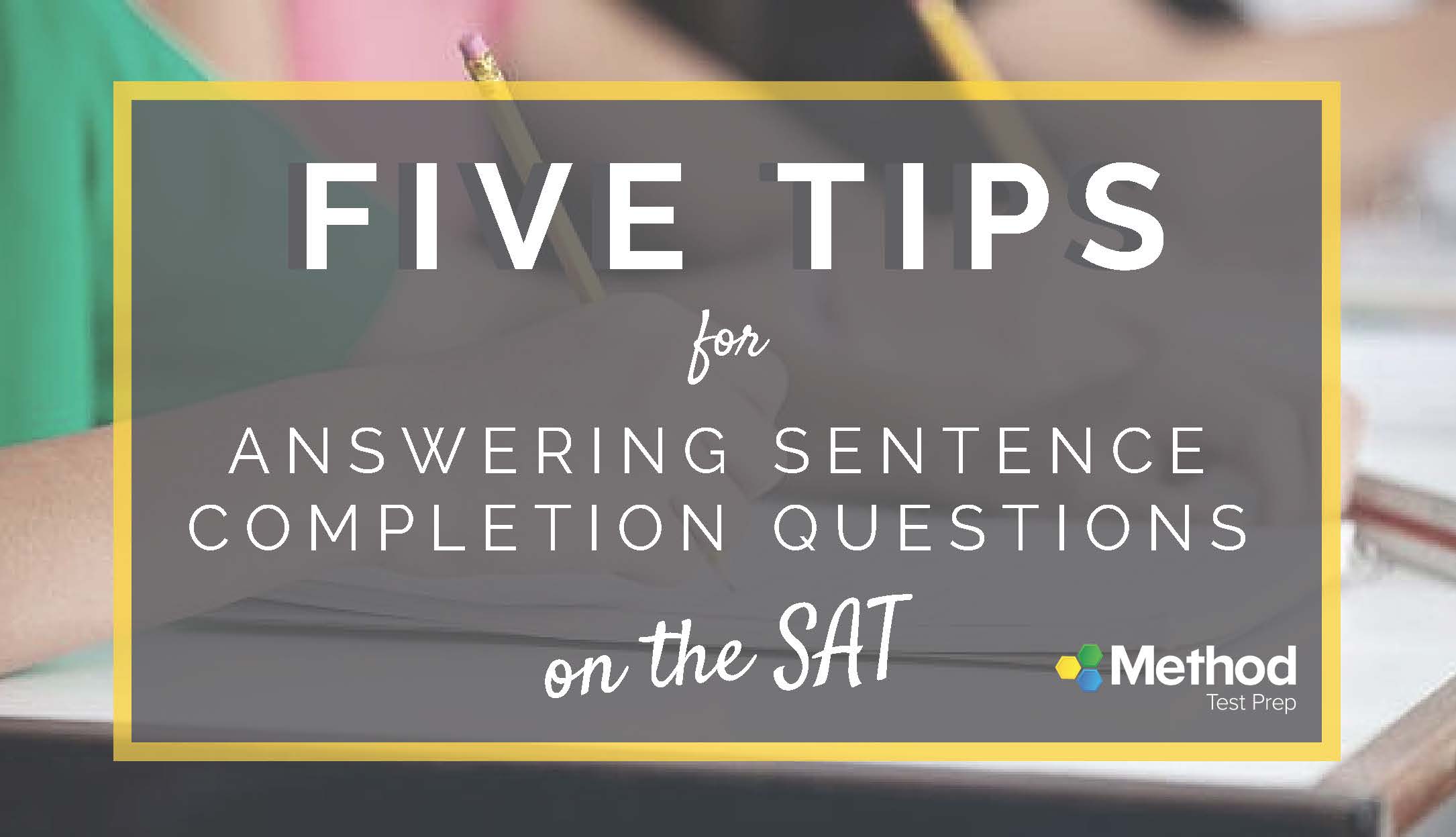The Wrong Way to Study for the ACT and SAT

What does “studying” for the SAT and ACT actually mean? For many students, it means doing the same things they do to study for math or English exams in school. They might work through lots of problems in a practice book, reviewing each question and learning how to find the solutions correctly. They might take full-length practice tests to hone their time management and develop stamina. That’s all well and good, but the simple truth is this: the “do and review” approach to test prep is incomplete.
To understand why this is true, consider the following question, which models one a student would see on a real ACT English or a SAT Writing & Language section. The idea is to pick the best replacement for the underlined portion, or to leave the sentence alone if it is grammatically and structurally correct.

Most students tend to struggle with this type of question. Because the sentence sounds correct as is, they are likely to pick (A). The correct answer, however, is choice (C). A typical explanation a student might read in a book of exercises might be as follows.
Choice C is correct. This is because the first clause, “Finally reaching the peak”, refers to the “we” in the sentence, as the people on the mountain are the only ones who could see the sun rise. Therefore, in order to structure the sentence correctly, you must place “we”, the subject of the clause, immediately after the comma. Choice A is incorrect because it implies that “the sun” is the subject, making it seem like the sun is “reaching the peak”. Choices B is incorrect because it uses the passive voice. Choice D is incorrect because it does not place the proper subject after the first clause.
A student might read this and understand it, and feel satisfied with having comprehended the explanation. But this does little to prevent the student from making the same mistake again! Unless the student leaves the question understanding not only why the wrong answer is incorrect grammatically or structurally, but also how to look out for the same error next time, he or she is likely to miss the error just the same when it next pops up.
It is imperative that students learn deeper techniques to tackle this sort of problem, especially since they may not recognize grammar and usage errors naturally. For example, a great technique for exposing this type of error is to compare the answer choices: if they are simply jumbled up versions of the same clause, it is likely that the SAT or ACT is using the question to test this particular error (formally known as a dangling modifier).
Method Test Prep teaches students deeper, strategic techniques like this one to help them raise their scores. Using our program, students can learn to more successfully navigate the extremely predictable ways in which certain question types are repeatedly tested on the SAT and ACT. There’s only one way scores can go with this approach: up.


